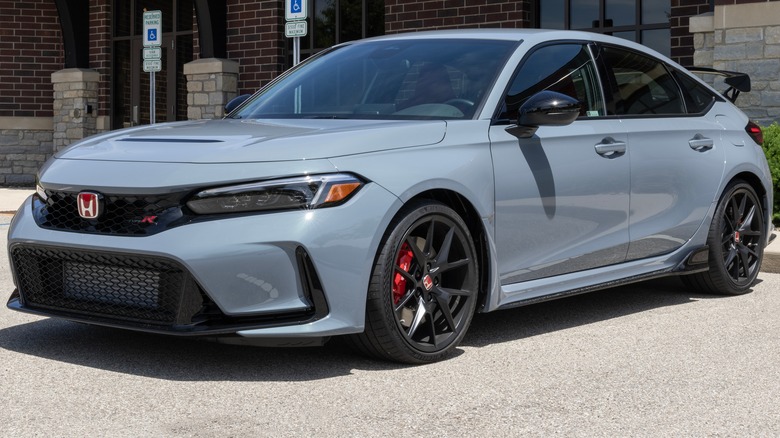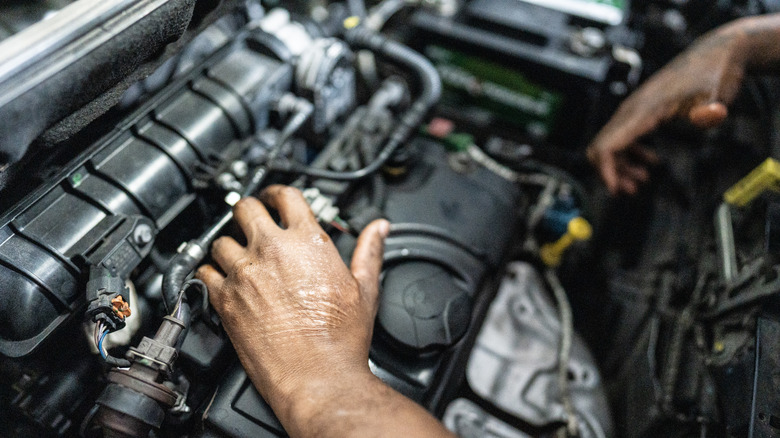
Jonathan Weiss/Shutterstock
I obsessed over the engine break-in period when I got my first new car back in 2000. The owner’s manual said to avoid hard acceleration and braking for the first 1,000 miles, and it all had to do with how the engine, transmission, suspension, and brakes always need time to «settle in» due to their newness. Moreover, a proper break-in will guarantee better reliability and engine performance in the long run.
Advertisement
High-performance vehicles like the Chevy C8 Corvette Z06 have stricter break-in procedures. Chevy recommends taking it easy for the first 500 miles of street driving. If you plan to race your Z06 around a racetrack, Chevrolet says to wait 1,500 miles before pushing the pedal to the metal. The break-in period applies to the eight-speed automatic gearbox.
On the other hand, Honda vehicles like the Civic and CR-V have a 600-mile break-in period. It means avoiding jackrabbit accelerations, full-throttle applications, and towing heavy loads for the first 600 miles to make sure the car will be reliable and perform well.
New engine break-in: Pros & cons

Fg Trade/Getty Images
Any gas or diesel car’s break-in period mainly involves ensuring the piston rings settle correctly with the cylinder walls. If not, the engine might burn too much oil, diminishing the car’s performance and fuel economy. This can lead to costly downtime filing warranty claims, and huge repair bills when the warranty expires.
Advertisement
If you push any new engine to its limits without breaking it in, its internal parts will succumb to premature wear, and its lifespan will be shorter. For instance, early wear on the cylinder walls can lead to compression loss, while worn camshaft lobes will affect the opening or closing of the valves.
In fact, adhering to your new car’s service recommendations both before and after break-in is critical. In my case, I took the car for routine oil changes and inspections for the first 500, 1,000, and 1,500 miles. Newer cars nowadays have lengthier periods between servicing, but new engines still will benefit more from a break-in.
When driving a new car, take it easy with the gas pedal and avoid revving the engine unnecessarily. Some vehicles have automatic rev limiters that limit the engine speed until break-in is over. Meanwhile, help the engine reach its optimal operating temperature by avoiding shorter trips, or let the engine run for 15 minutes or more before turning it off after a cold start. Different cars have different engines, so reading the owner’s manual will help you learn more about your vehicle’s break-in period.
Advertisement